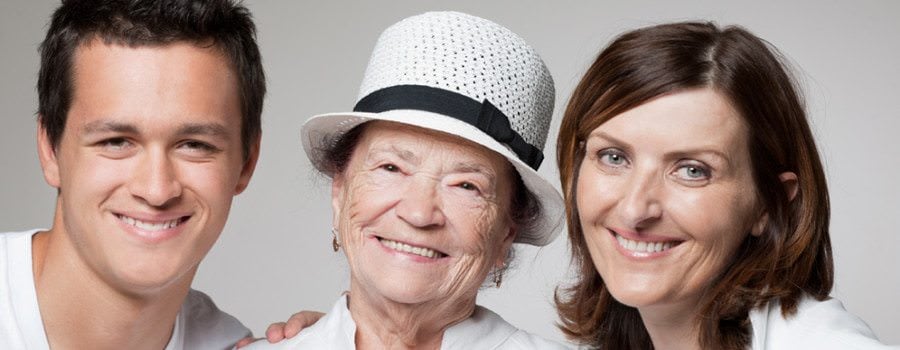Early-career home buyers are usually light on cash, while mid-career home buyers are saving for retirement, and retiree home buyers are facing less income. Each one of these life phases needs a different mortgage strategy. Here are some planning tips to help you make smart decisions, regardless of where you are in life. Buying a house is a big decision at any age, but each generation faces a unique particular challenges.
How Mortgage Strategy Differs depending on age

Planning basics: There are actually three main considerations in mortgage planning:
Cash to close. Most home loans have to have a down payment, which can range from 3 percent to 20 percent of a home’s purchase price. In addition, a home purchase may also have closing costs, which can range from 1 percent to 3 percent of a home’s purchase price, and can cover lender fees, title/escrow fees, and various property taxes that vary by county.
Monthly cost. When you rent a property, you have a rental payment plus certain utility bills that your landlord doesn’t pay. When you’re a homeowner, you have a house payment (made up of interest and monthly pay-down on your loan), property taxes, insurance, all utility bills, and maintenance – plus mortgage insurance and condo homeowners association dues, if applicable. In addition, you should also be saving a certain amount per month for longer-term maintenance and repairs because your home ages.
Home equity. The percentage of the home’s value that isn’t financed is called equity, and your equity can grow in two ways: if you are paying your loan down, or by your home increasing in value. Equity is the part of homeownership where your wealth can grow over time.
Let’s find out how these planning concepts apply to home buyers in a variety of phases of life.
Millennials: locating the down payment
Millennial homebuyers haven’t been in the workforce too long, so cash to close is usually the primary consideration for them. A 20-percent down payment means you’ll avoid extra costs like a second mortgage or mortgage insurance. However, if you’re a younger buyer who hasn’t saved Twenty percent yet – and you don’t want to postpone the benefits of homeownership while you save – don’t worry: your down payment can be as low as 3 percent.
On a $300,000 home purchase, a 3-percent down payment is $9,000, and a 20-percent down payment is $60,000. The tradeoff comes into play payment per month. If you go with the $9,000 downpayment, your monthly payment using a 30-year fixed rate of 3.5 percent will be about $1,911. This consists of your loan payment, property taxes, insurance, and mortgage insurance. The $60,000 down payment scenario gives you a $1,444 payment.
Putting 3 percent down costs $467 more each month, but requires $51,000 less down payment. When figuring out your optimal down payment with the mortgage advisor, don’t forget that settlement costs of 1 percent to 3 percent on a $300,000 purchase price will be $3,000 to $9,000 on top of downpayment.
Gen Xers: balancing spending and saving
Gen X home buyers are mid-career, and monthly costs are often their primary consideration when they save for retirement and their kids’ college expenses.
On our $300,000 price example, Gen Xers’ big decision could be the same as the millennial decision: do you decide to pay $467 more per month in order to save $51,000 in downpayment?
In the event you did, we know you’d have a monthly expense of $1,911, excluding maintenance and utilities, for a $300,000 home with Three percent down. We also know that your property taxes and mortgage interest are tax deductible, and this also would cause an after-tax monthly housing expense of about $1,566.
Now we should compare $1,566 in after-tax housing cost to what it would cost to rent a home of the same quality in the same area. If it’s about the same to rent vs. buy, you will want a good scenario to save cash and be a home-owner. Your mortgage and financial advisers can run different downpayment scenarios to optimize the balance between monthly cost and funds preservation.
Baby boomers: living on less
Because baby boomer home buyers are late-career or retired, living on less income is often their primary consideration. If you’re a baby boomer with equity in your residence but less income-generating savings than you planned for, you have a few options to sort through with your mortgage adviser:
Get a reverse mortgage that enables you to convert part of the equity in your home into cash to live on. Get a home equity loan to obtain cash from your home – but this is a traditional loan that comes with payments. Sell your home to buy or rent a cheaper home and get cash. Like every other investing plan, a home-buying plan always proves more efficient in the event you start young, because your home equity grows when you pay down your loan and also your home appreciates in value.
Nick & Cindy Davis work with several different lenders that are ready to assist you with the best mortgage strategy specifically for your individual purchase. We can always be reach by calling 813-300-7116 or simply just click here and we will be in touch with you shortly.